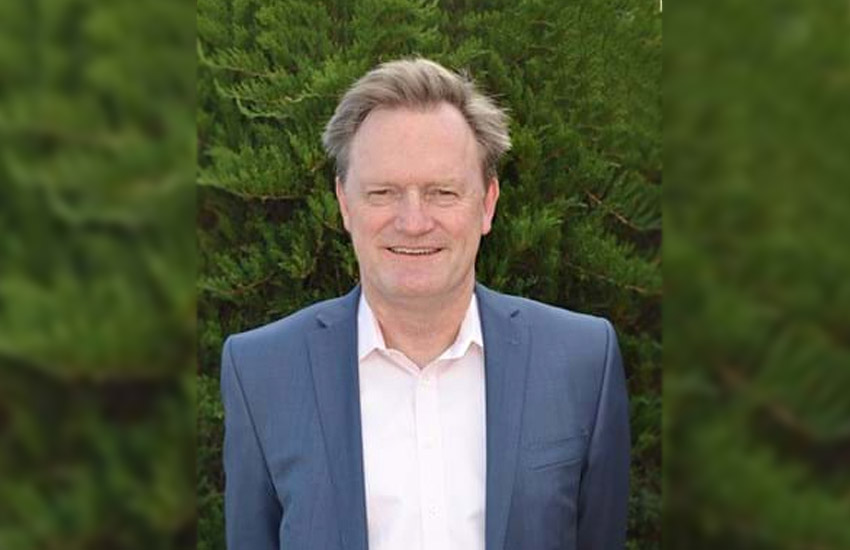The months of July, August and September have now been marked as a potentially “horrendously busy” period for practitioners this year as a consequence of COVID-19, with individual clients looking to lodge early, while business clients rush in for the second round of their cash-flow boosts.
The second cash-flow boost will apply for eligible entities who received initial cash-flow boosts, and will be automatically credited when they lodge their activity statements for each monthly or quarterly period from June to September 2020.
You’re out of free articles for this month
“I think we are going to see a very early peak with tax time 2020 in terms of workflow. Most concerning for me is, I think we’re going to see a double peak,” said Gavin Swan, director at Absolute Accounting Services, on a recent CPA Australia podcast.
“We’re going to see individual tax returns coming in at the same time as not only BASs, but generally business tax returns that need to be done. We’ve been in front of these people non-stop for the past two months and we’re going to be front and centre of their mind.
“Whereas they would normally come in later on in the financial year, so perhaps October, November, December, I think we’re going to see them coming in a lot earlier to see how they have gone through the year and get an update on any other government measures and, potentially, also have some up-to-date figures that they may need to go to the bank with.”
Shanna Hunter, director of Hunter Taxation Services, has also flagged Single Touch Payroll (STP) as an issue to watch closely this tax time, with businesses with 19 or fewer employees completing their first full year of reporting this 30 June.
Last year, the ATO urged taxpayers to hold off from lodging their tax returns early, noting that employers had additional time to make a finalisation declaration to ensure their employees’ income statements were tax-ready and pre-filled in myGov.
For the 2019–20 financial year, employers with 20 or more employees will have until 14 July 2020 to make a finalisation declaration, while employers with 19 or fewer employees will have until 31 July 2020.
Mr Swan, who sits on the ATO’s Tax Practitioner Stewardship Group, also believes pre-fill information will be crucial this year, with JobKeeper and JobSeeker payments to be accounted for.
He said: “I think there’ll be a lot of pressure to lodge early from people looking for refunds. And I think that some people won’t get the refunds that they perhaps desire because they may not have properly taken into account things like Centrelink payments and JobKeeper payments.
“You’re going to get a lot of phone calls regarding that this year to say, ‘I can see my income statement’, but if it’s not finalised, then don’t bother lodging.”
Mr Swan believes practitioners can best prepare themselves for the impending rush by segmenting their client list, ensuring client information is up to date, and being proactive by engaging clients before tax time rolls in.
“One of the things that we’re doing here in the lead-up to tax time 2020 is, instead of waiting for clients to come to us, we will be going to clients,” Mr Swan said.
“We’ll be trying to get those easy ones out of the way, just to get the process of tax time 2020 moving.
“It’s quite imperative that you study that [client] list — you get used to what your clients are doing and get them in there as soon as they’re ready; otherwise, you’ll be marching to their beat. It’s imperative that you’re the one setting the tone for this tax time 2020.”
Jotham Lian
AUTHOR
Jotham Lian is the editor of Accountants Daily, the leading source of breaking news, analysis and insight for Australian accounting professionals.
Before joining the team in 2017, Jotham wrote for a range of national mastheads including the Sydney Morning Herald, and Channel NewsAsia.
You can email Jotham at: This email address is being protected from spambots. You need JavaScript enabled to view it.

 Login
Login







